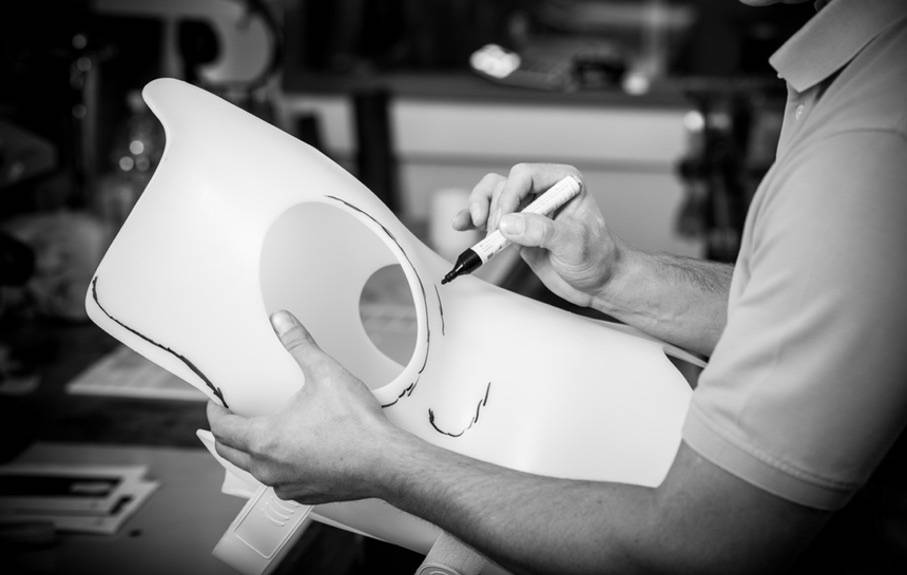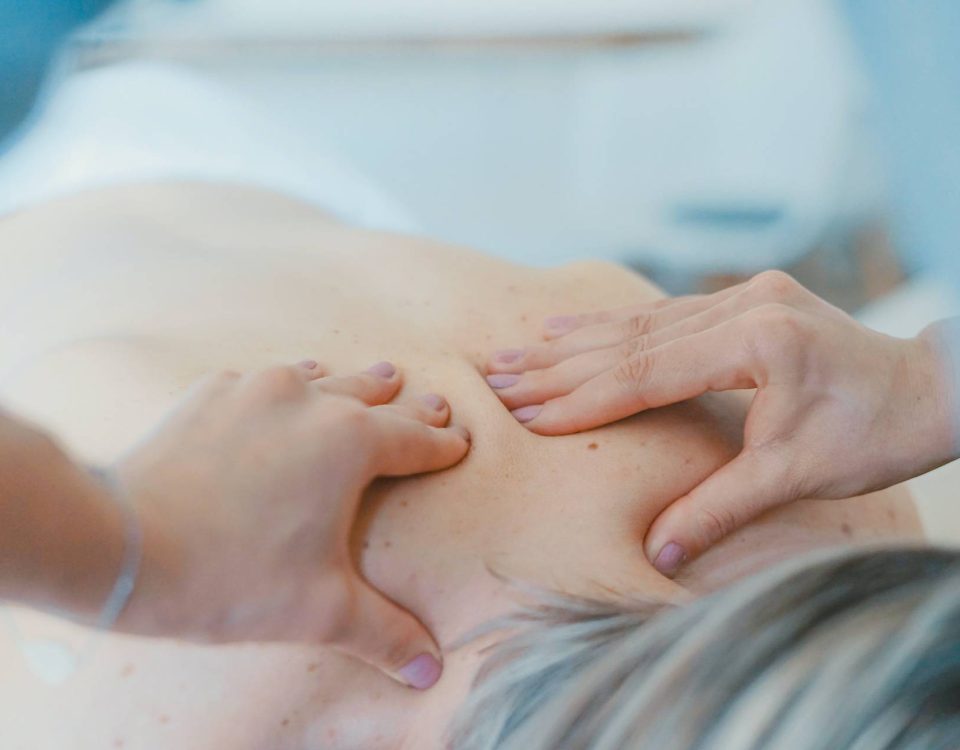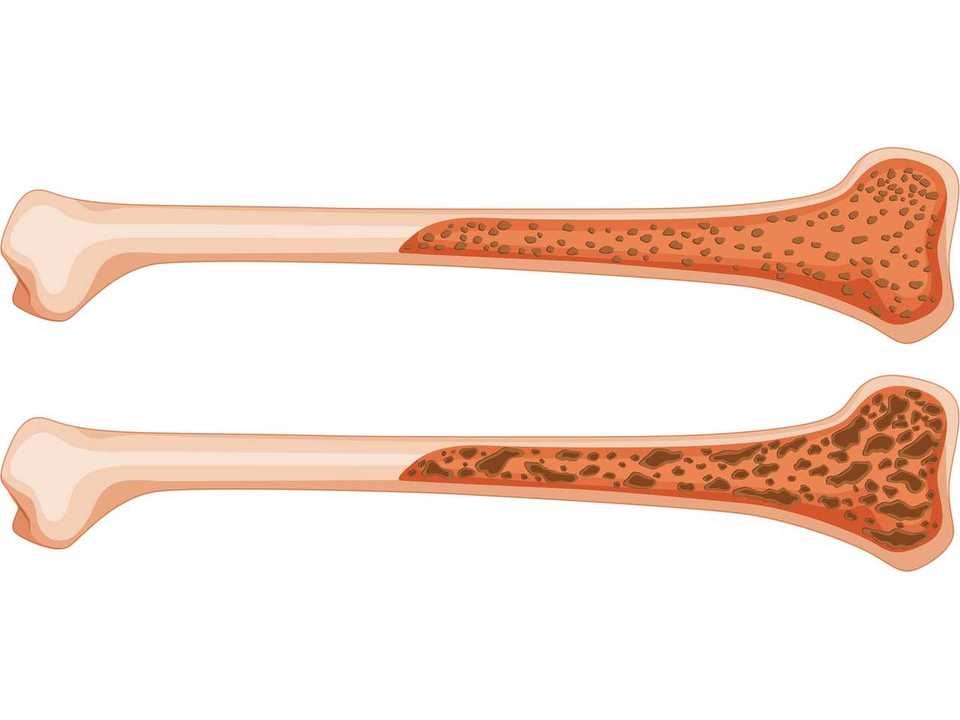September 25, 2024
The Sanomed brace is designed according to the principles of the Cheneau brace and is 100% compatible with Katharina Schroth exercises . It was designed by the German institute " Sanomed ", whose design was largely contributed by Michael Rexing.
September 7, 2024
In adults with scoliosis, the goal of treatment is different compared to treatment in children who are in the period of growth and development. The goal of treatment is based on increasing functionality, mobility and reducing back pain.
August 25, 2024
Regardless of which type of scoliosis aggravation is present, it is necessary to include three-dimensional exercises to correct the deformity. Schroth three-dimensional exercises have proven results in stopping the worsening of scoliosis, but in addition to this, Schroth exercises also have an effect on improving the quality of life. Schroth exercises reduce back pain, increase flexibility and functionality.
July 19, 2024
The effect of vitamin D on the human body begins very early. Even while we are in the womb of our mothers, it affects the development of brain functions and the thickness of the cerebral cortex. After birth and in the first years of life, vitamin D supports postural control and balance.
June 20, 2024
During growth and development, in many cases, idiopathic scoliosis tends to worsen. Factors influencing the progression of scoliosis include the location and magnitude of the scoliotic curve by Cobb angle, apical vertebral rotation, and bone maturity.





